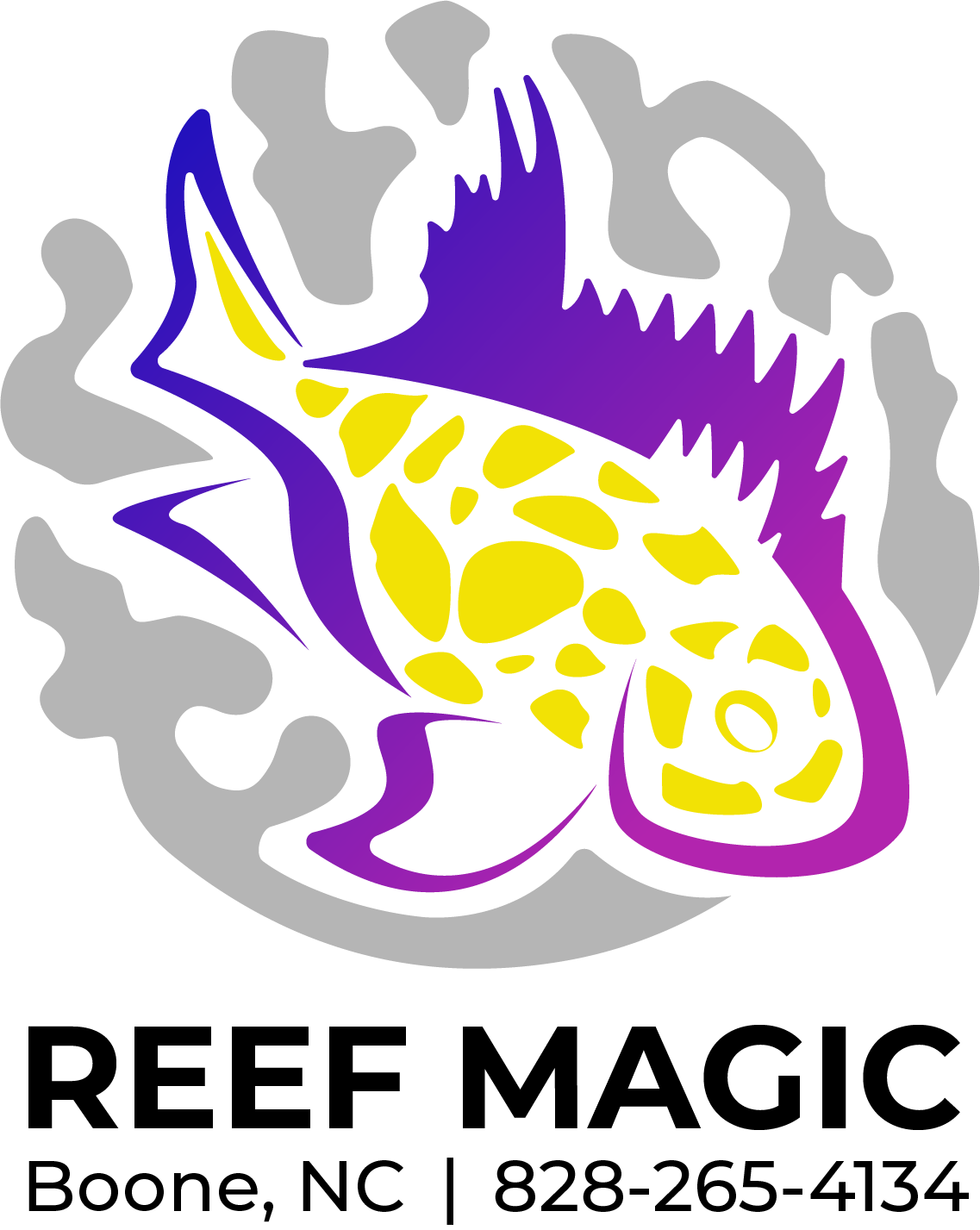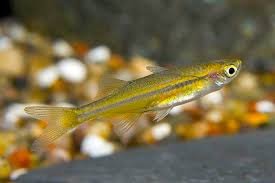 Image 1 of 1
Image 1 of 1


Danio- Longfin Asst
Longfin danios are hardy, peaceful, and active schooling fish known for their elegant, elongated fins and vibrant stripes. They are a popular choice for community aquariums and are relatively easy to care for, making them suitable for both beginners and experienced aquarists. They are omnivores that need a varied diet and a well-planted tank with plenty of swimming space, plus a tight-fitting lid to prevent them from jumping out.
Appearance
Fins: The most notable feature is their long, flowing fins, which add a graceful and elegant look to the fish.
Body: They have a sleek, torpedo-shaped body with vibrant stripes, often running horizontally.
Color: While classic varieties have dark blue stripes on a silvery body, "assorted" or "golden" longfin danios can have a variety of colors, such as gold or yellow.
Size: They typically grow to be between 2 and 2.5 inches (5 to 6.5 cm) in length.
Temperament and social behavior
Peaceful: They are peaceful and social fish that are compatible with other small, non-aggressive species.
Schooling: They are schooling fish and should be kept in groups of six or more to prevent fin-nipping and to ensure they feel secure.
Active: They are active swimmers that add a dynamic energy to the aquarium.
Care requirements
Diet: They are omnivores and will accept a varied diet of flakes, pellets, frozen foods like bloodworms, and live foods.
Tank: A 10-gallon aquarium is a minimum size for a small group, but larger is better for more swimming space.
Water: They prefer well-oxygenated water with a temperature between 64−77∘𝐹(18−25∘𝐶) and a pH of 6.5−7.5.
Tank setup: A well-planted tank with open swimming areas is ideal.
Filtration: A good filtration system is needed to keep the water clean and well-oxygenated.
Lid: A tight-fitting lid is essential to prevent them from jumping out, as they are prodigious jumpers.
Longfin danios are hardy, peaceful, and active schooling fish known for their elegant, elongated fins and vibrant stripes. They are a popular choice for community aquariums and are relatively easy to care for, making them suitable for both beginners and experienced aquarists. They are omnivores that need a varied diet and a well-planted tank with plenty of swimming space, plus a tight-fitting lid to prevent them from jumping out.
Appearance
Fins: The most notable feature is their long, flowing fins, which add a graceful and elegant look to the fish.
Body: They have a sleek, torpedo-shaped body with vibrant stripes, often running horizontally.
Color: While classic varieties have dark blue stripes on a silvery body, "assorted" or "golden" longfin danios can have a variety of colors, such as gold or yellow.
Size: They typically grow to be between 2 and 2.5 inches (5 to 6.5 cm) in length.
Temperament and social behavior
Peaceful: They are peaceful and social fish that are compatible with other small, non-aggressive species.
Schooling: They are schooling fish and should be kept in groups of six or more to prevent fin-nipping and to ensure they feel secure.
Active: They are active swimmers that add a dynamic energy to the aquarium.
Care requirements
Diet: They are omnivores and will accept a varied diet of flakes, pellets, frozen foods like bloodworms, and live foods.
Tank: A 10-gallon aquarium is a minimum size for a small group, but larger is better for more swimming space.
Water: They prefer well-oxygenated water with a temperature between 64−77∘𝐹(18−25∘𝐶) and a pH of 6.5−7.5.
Tank setup: A well-planted tank with open swimming areas is ideal.
Filtration: A good filtration system is needed to keep the water clean and well-oxygenated.
Lid: A tight-fitting lid is essential to prevent them from jumping out, as they are prodigious jumpers.






